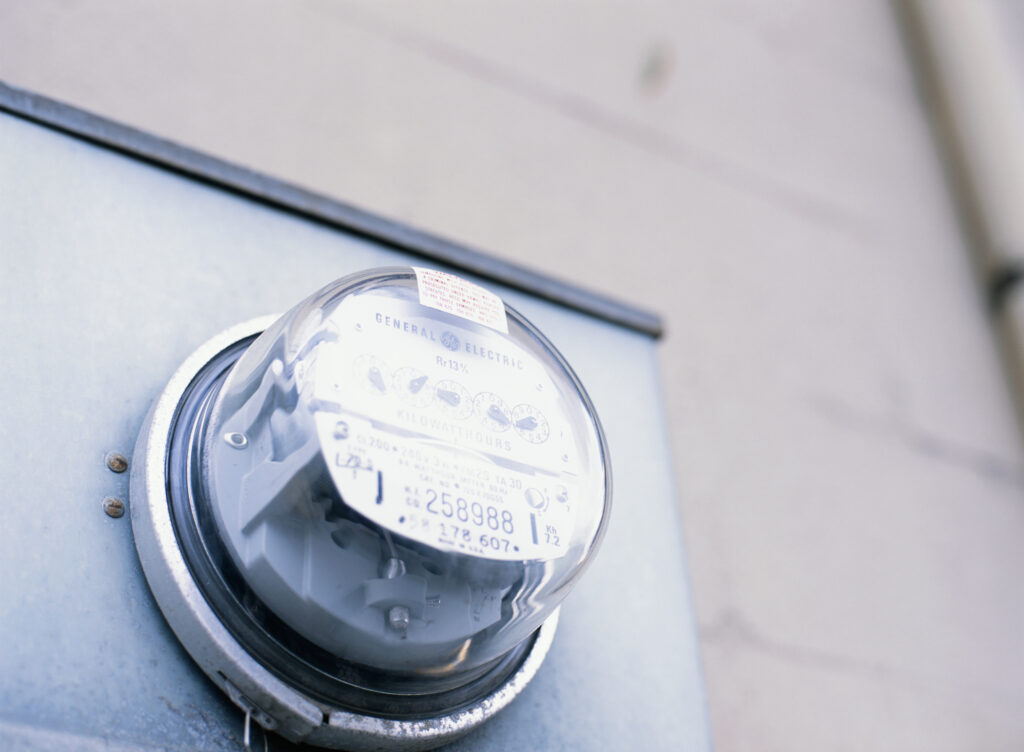“Making the household conversion to electric should be a goal for any smart homeowner, but caution is warranted. Go slow, and be careful.” (Getty Images)
The world is in a major transition to carbon-free and low-carbon energy sources. It’s driven in part by the need to reduce climate-warming gasses emitted from fossil fuels and public policies here and abroad that have the goal of cutting fossil fuel use.
Also at work is economics. Today, solar and wind are, worldwide, the lowest cost technologies for generating electricity, and that trend is only going to continue. That makes using electricity for all kinds of things more and more financially smart.
There are a number of current incentives to switch to electric heating, cooling, cooking, hot water, and vehicles. Those have proven important as technologies like heat pumps have rapidly changed the market for heating and air conditioning.
Making the household conversion to electric should be a goal for any smart homeowner, but caution is warranted. Go slow, and be careful.
My own journey on this path started decades ago. When we built our house nearly 40 years ago, we installed a propane (gas) clothes dryer and cook stove. Our hot water came from a small “on demand” propane water heater similar to those then in common use in Europe. But as an environmental scientist, I was always aware of the pros and cons of every energy source, and a report on the air quality impacts of gas appliances gave me pause. The water heater and dryer were vented to the outdoors. No problem. But the gas cookstove, it turned out, was spewing nitrogen oxides into the air we were breathing, and our energy-efficient house was letting those gasses accumulate. With young children on the way, and reading that nitrogen oxides are especially harmful to small children, the gas stove had to go. The shift to electric began.
As energy-efficient light bulbs, first compact fluorescents and now LEDs, became readily available, we gradually replaced all the old inefficient incandescent bulbs. This produced incremental electricity savings, but the long-lasting bulbs saved money as well.
Then, having seen a solar photovoltaic installation at my brother-in-law’s farmhouse on a remote hillside in northern Vermont, I was intrigued. He’s one of those very bright engineers who can design, build, and repair almost anything, so I recruited him to help me build a small solar array at our house in New Hampshire. We did it all ourselves, and calculated that it would pay back the cost in less than 15 years, by cutting the amount of power purchased from the utility. A few years later, when the price of panels had dropped by a remarkable 75 percent, we added another array and maxed out the capacity of the inverter that connects us to the grid. Our electric bill dropped to almost nothing.
Then the gas water heater died. After searching around for a replacement that wasn’t beyond our price range, the plumber suggested a heat pump water heater. We took the leap and found that the new heater was exceptionally efficient and our electric bill bumped up only slightly. The gas bill dropped dramatically.
Next, we had to face the reality that in retirement, if we were going to be away during the winter months, we needed backup heating. Our house is primarily heated by passive solar energy, but when the sun doesn’t shine we depend on a wood stove. Owning a woodlot and enjoying cutting firewood meant that we didn’t have much cost to heat the house, but without someone there to feed the fire, there might be a risk of a freeze-up.
After considering various options, we chose to install a mini-split heat pump. The cost was not insignificant, especially since we had to upgrade our power service and breaker box. But it was a lot less than installing a gas or oil-based system. Now, eight years later, it has worked almost flawlessly and we can leave the house for weeks at a time with no worries. And there’s a delightful benefit in having air conditioning as our summers grow hotter and more humid.
There are falsehoods flying around that heat pumps don’t work well in our climate. This is most certainly not true. Ours has a minimum operating range that goes down to minus-14 degrees Fahrenheit. Ours is now old technology (it’s nine years old and since then the technology has only improved).
The other major energy consumer in most households is transportation. We made a partial transition to electric when, 14 years ago, I assigned my Toyota Tacoma to farm work and replaced it with a Honda hybrid. At twice the fuel economy, it was a real smart move, and after retiring we kept that car, and it still gets 50 MPG.
I’ve considered trading it in for an EV. My neighbor bought one not long ago and loves it. But these days we drive a lot less, and it seems logical to keep the hybrid. But the EV day will come, just not yet.
Oh, and lest I forget, electric battery-powered tools have made life much easier. The lawnmower is now battery-powered, as is the string trimmer and at least one of the chainsaws, along with most of the carpentry tools. Maintenance is simpler, the noise is less, and charging the interchangeable batteries is quick and easy.
The bottom line on all this is that electrification is the future, and it’s relatively easy if you don’t try to do it all at once. Be a frugal Yankee and switch as the old appliances break or need replacement. Be a careful shopper. Take advantage of the tax incentives offered. We have done just that, and today our home is mostly electric and our electric bill last month was $35 – less than a tank of gas.

